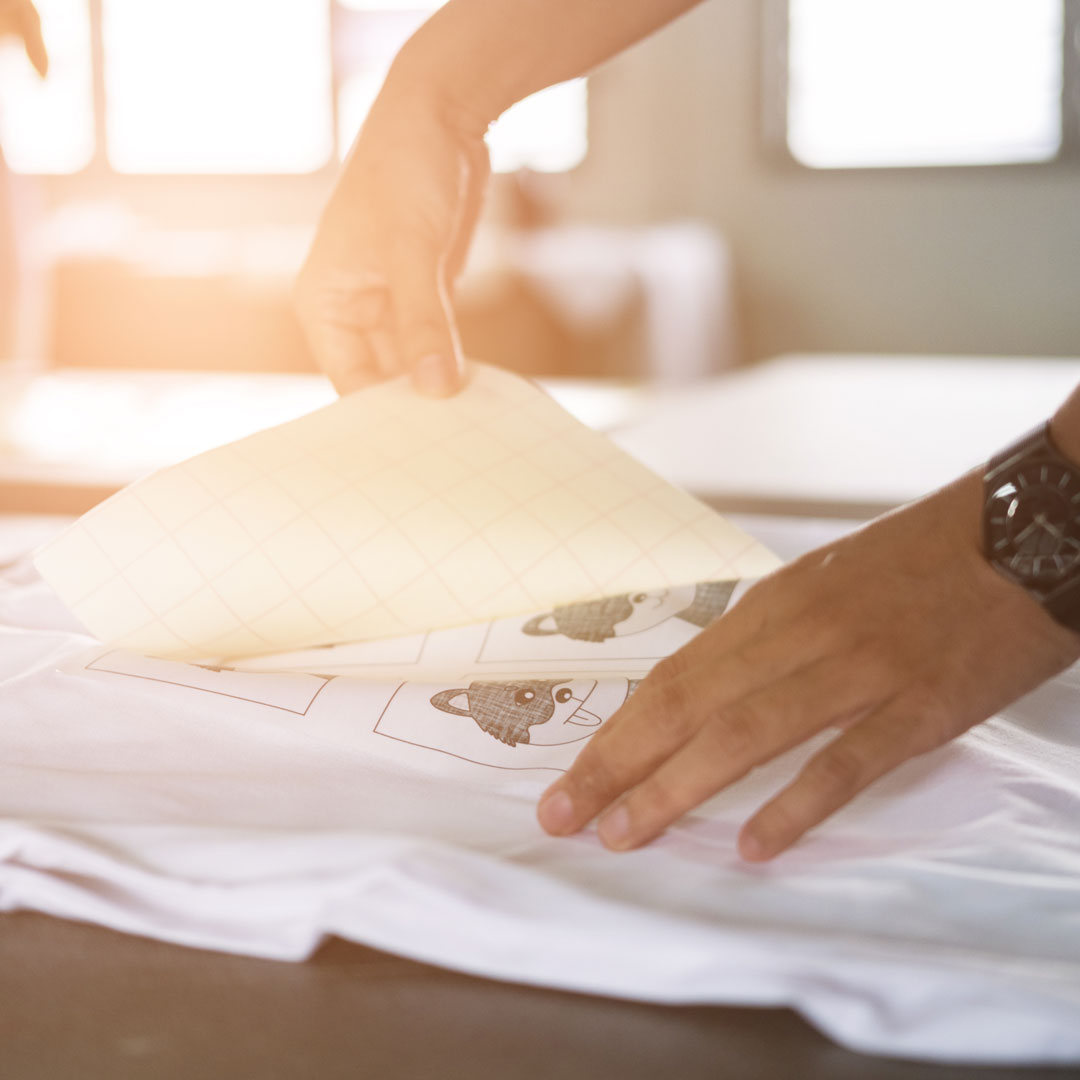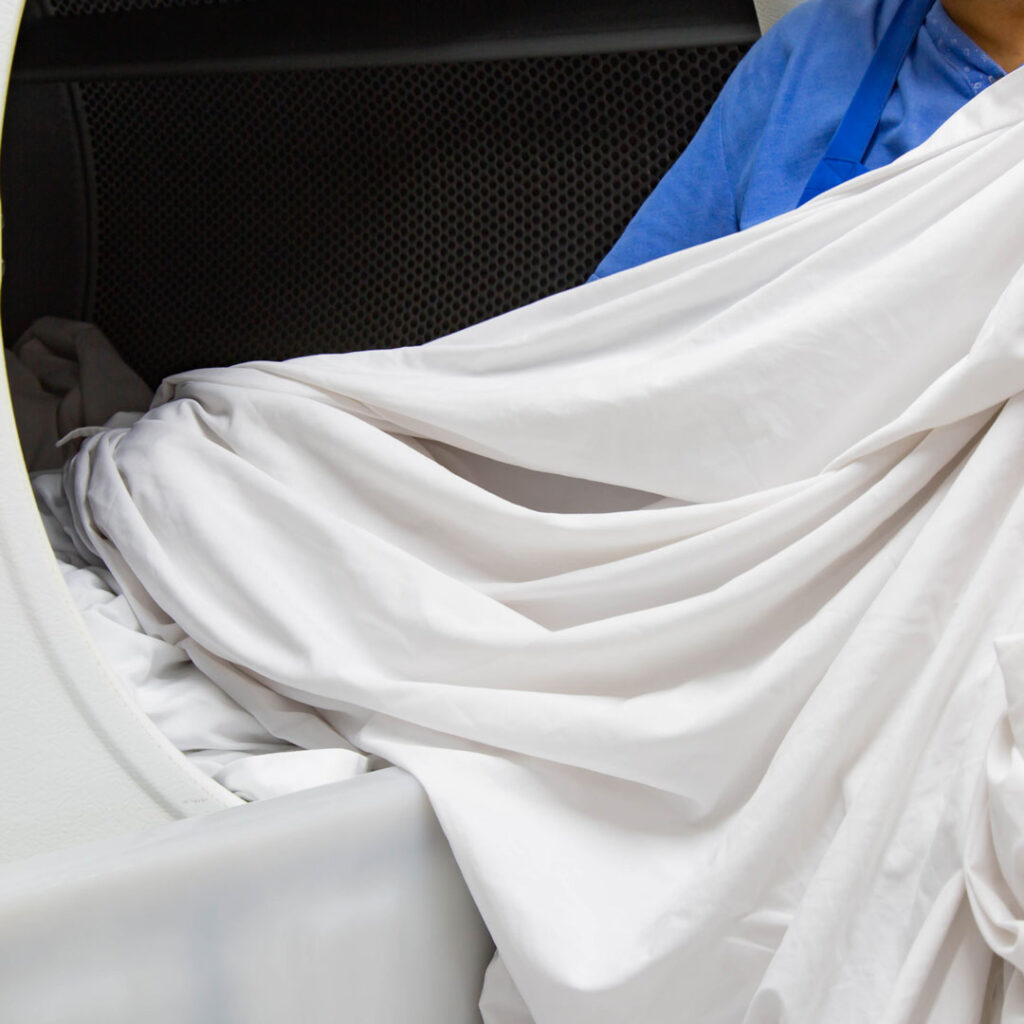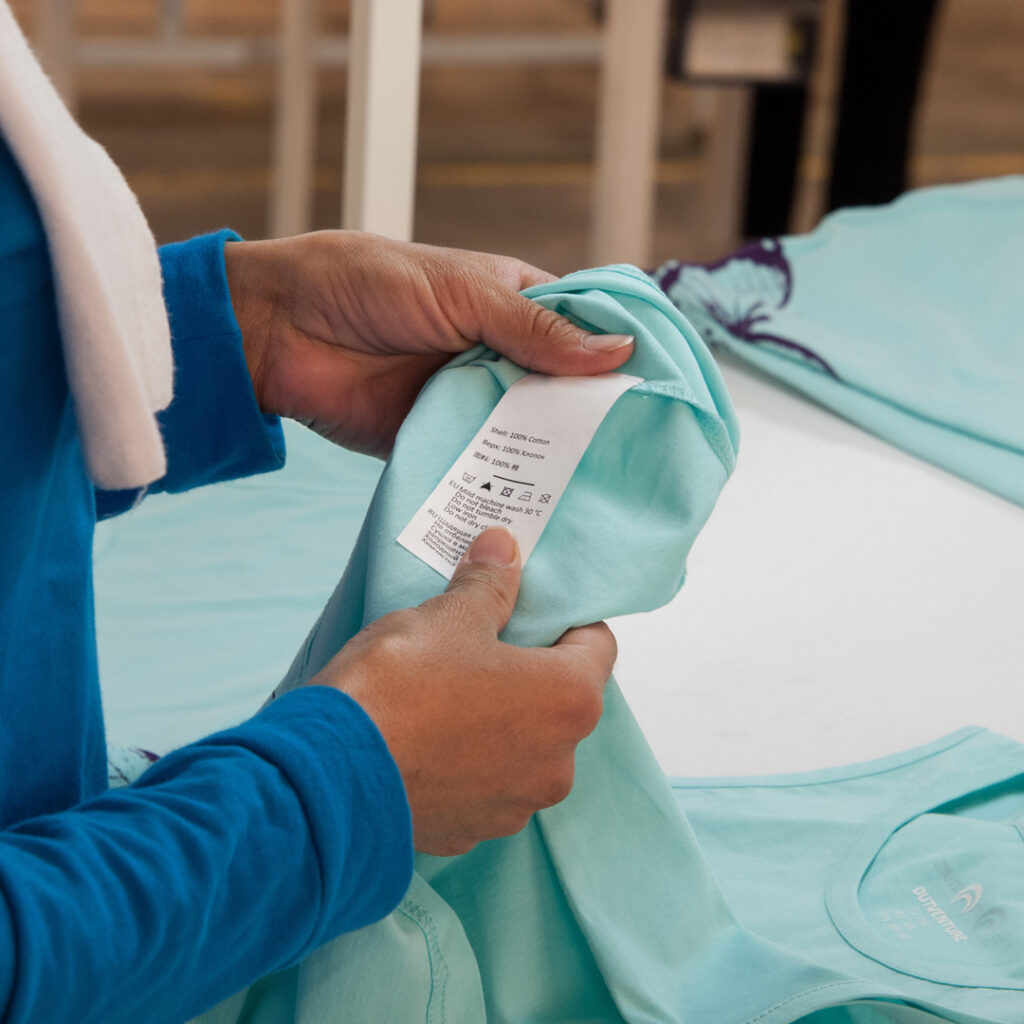How to Produce Printed and Embroidered Garments?
17 December 2021
3 min read
Share

It happens quite often that a garment presents a sort of embellishment, whether this is a print or embroidery, which, among the most, nowadays are the most common techniques.
It is recommended to realize such embellishments before sewing the garment. This is because it is easier to insert pieces of loose fabric inside the printing/embroidering machines, rather than the sewn garment, as it presents less freedom in movement and it is quite hard to lay it flat, and therefore lead to a low-quality result!
Printing
The garment printing techniques are various and for this reason, many times what happens is that the garment manufacturer outsources this service, by partnering with printing suppliers.
Among the most common Printing Techniques we can list:
- Screen Printing (SP): Screen Printing transfers a stenciled design onto the garment. The basic technique sees the use of a stencil on a fine mesh screen, through which the ink is pushed to create an imprint of the desired design on the fabric. It is a long-lasting technique, that allows obtaining solid bright color and it is convenient in case of large production volumes, as the setup costs are pretty high.

- Direct to Garment Digital Printing (DP): Direct to garment digital printing requires a specific fabric printer that transfers a digital image directly onto the garment. This technique can mix colors, to achieve a seemingly endless array of colors. Digital printing is suitable for small batches, has a very low set up cost, and can provide quick turnarounds.
- Heat Transfer (HT): This printing technique is obtained by transferring the design of a printed paper to the fabric, thanks to the heat and the pressure of a special machine. The ink permeates the fibers of the fabric due to the heat and sticks to it permanently. This Technique is also used to apply information normally included on tags.
- Sublimation Printing (SUB): SUB printing is done using a big sublimation printer, similar to a plotter. The machine uses heat to fuse the chemical solvent to the substrate and allows the print to stick to the fabric. The “limitation” of this technique is that it can only be applied to fabrics with a very high percentage of synthetic fibers.

Embroidering
Like the big variety of printing techniques, the embroidery world is also very extended. Embroidery is decorative needlework that can either be realized by hand or with the use of a machine. It is important to distinguish embroideries from the patches, which have a similar look and could be confused at first sight.
The main difference between the two is that the embroideries are realized directly on the garment/fabric, while the patches are realized separately and attached to the garments just in a second moment.
Most of the time, the type of machine necessary to achieve certain outcomes may vary and therefore again in this case, the service is outsourced to third parties and not realized internally by the manufacturer itself.














